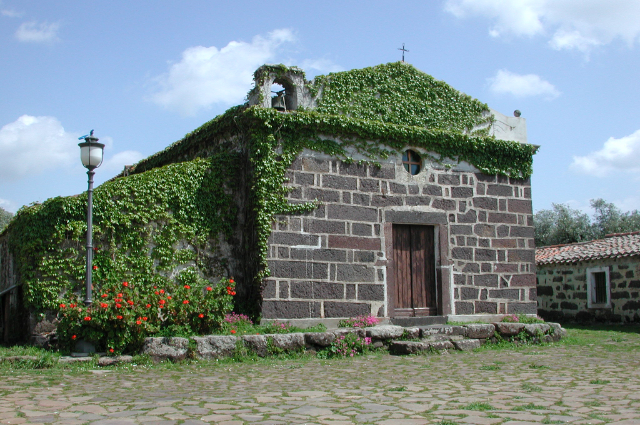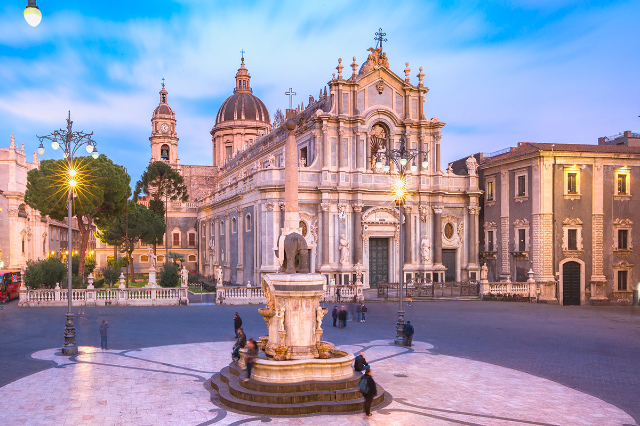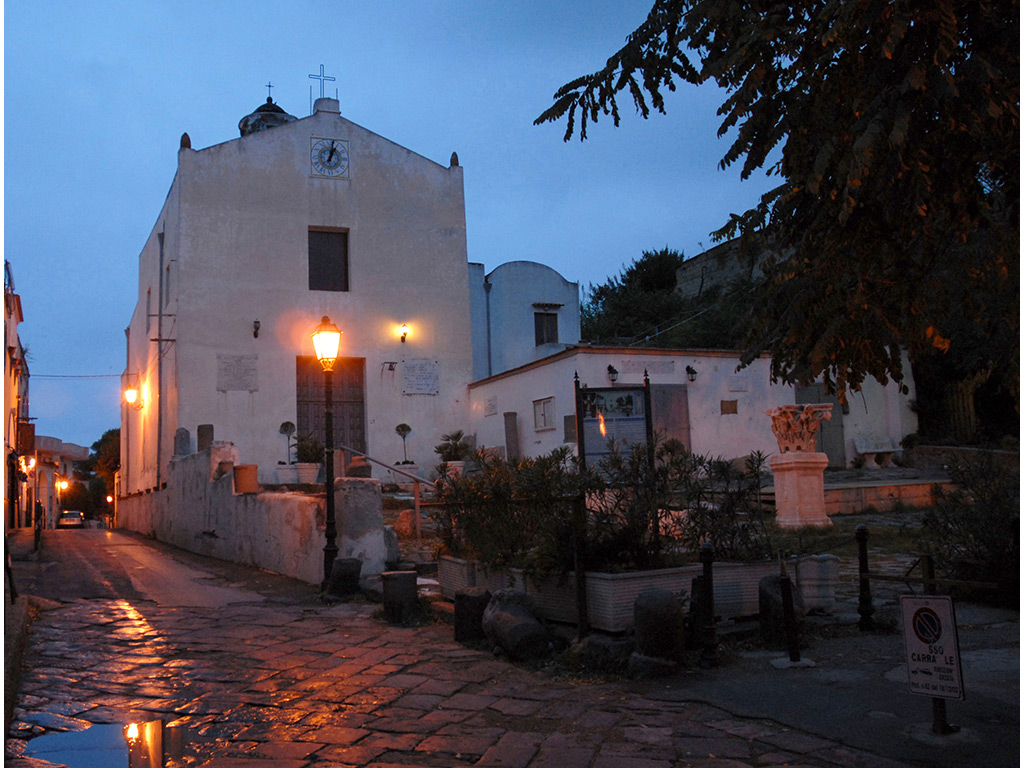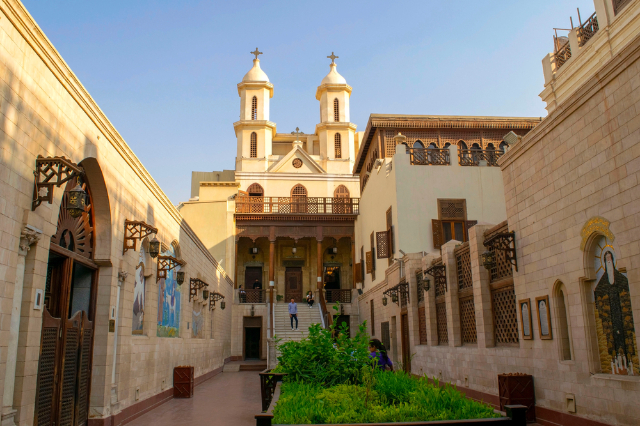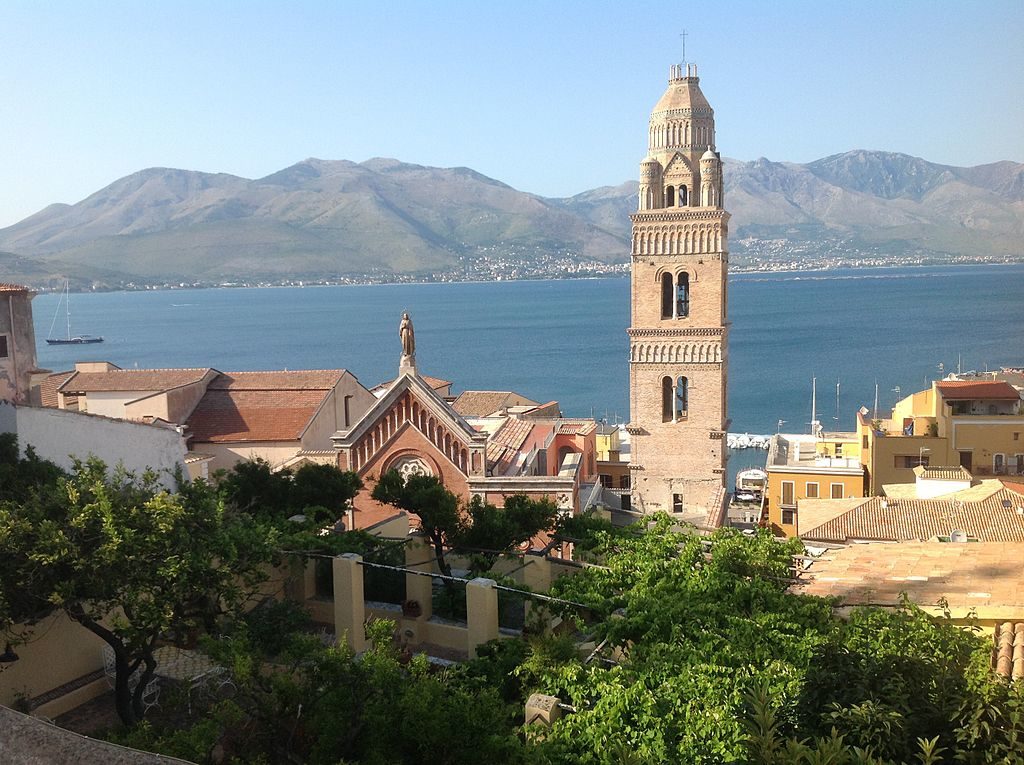A charming village in the heart of Sardinia comes alive and fills with the faithful twice a year, in May and October, while the rest of the year envelops this magical place with an atmosphere of mysticism and sacredness, where water worship rituals have taken place for thousands of years. The village is home to the church of Santa Cristina and its picturesque novenary, consisting of 36 muristenes, or pilgrim lodgings, all located within the enchanting archaeological and nature park of Santa Cristina, in the territory of Paulilatino, about four kilometers from the town.The suggestion emanating from this sanctuary comes from the fusion of Nuragic, medieval and modern evidence, making it a place of worship and devotion that has maintained its sacredness for millennia.The church has undergone several transformations over the centuries, making it difficult to reconstruct its original appearance. Probably originally built in the Romanesque style, some elements of this period are still visible along the perimeter walls. Its structure presents a single nave, with a graceful bell gable on the left side of the facade. The façade can be admired from a large rectangular forecourt, known as "su corrale," surrounded by the lodgings of the novenanti. These lodgings, small stone houses with a simple and charming structure, still retain an atmosphere charged with history. One of the cottages has an inscription showing the year it was built: 1730.The shrine celebrates two particularly heartfelt holidays: the feast of St. Raphael, held on the last Sunday in October, and the celebration of the novenary in May, during which the muristenes open for nine days to welcome pilgrims in devotion to St. Christina. According to tradition, St. Christina was held captive and suffered martyrdom in one of the nearby nuragic structures, giving rise to the cult and pilgrimage by the faithful.This church represents a unique link between two cores of important nuragic evidence, sparking the idea that the Camaldolese friars of Santa Maria di Bonarcado, who built it between the 12th and 13th centuries, wanted to disrupt the ancient, pagan atmosphere of the nuragic site. One of the cores houses the sacred area par excellence, surrounded by centuries-old olive trees, and it is here that the well temple is located, one of the best preserved on the island, built with incredible geometric precision. The temple features a vestibule, a staircase and a chamber with a tholos vault characterized by concentric rings. At certain times of the year, the eternal water of the well reflects the light of the sun and moon, creating a magical and evocative atmosphere. The temple is surrounded by a sacred enclosure, and around it are the remains of Nuragic huts, including the largest one, known as "of the meetings," with a circular seat.The other core houses a single-tower nuraghe dating from the 15th century B.C., compared to the well the oldest, and traces of a large village. This unique combination of historical and religious evidence makes the sanctuary of Santa Cristina a one-of-a-kind place nestled in the striking beauty of the Sardinian territory.
